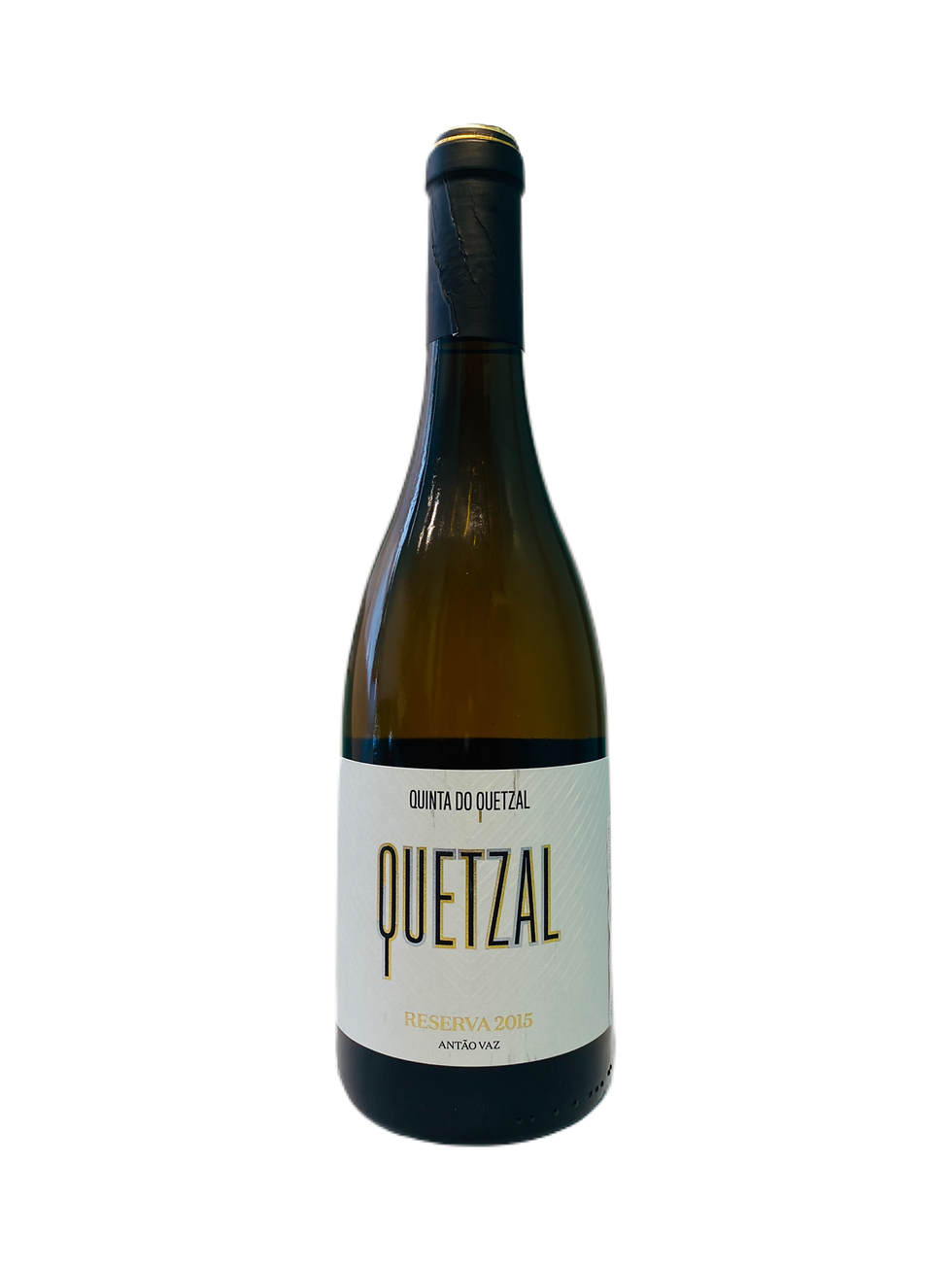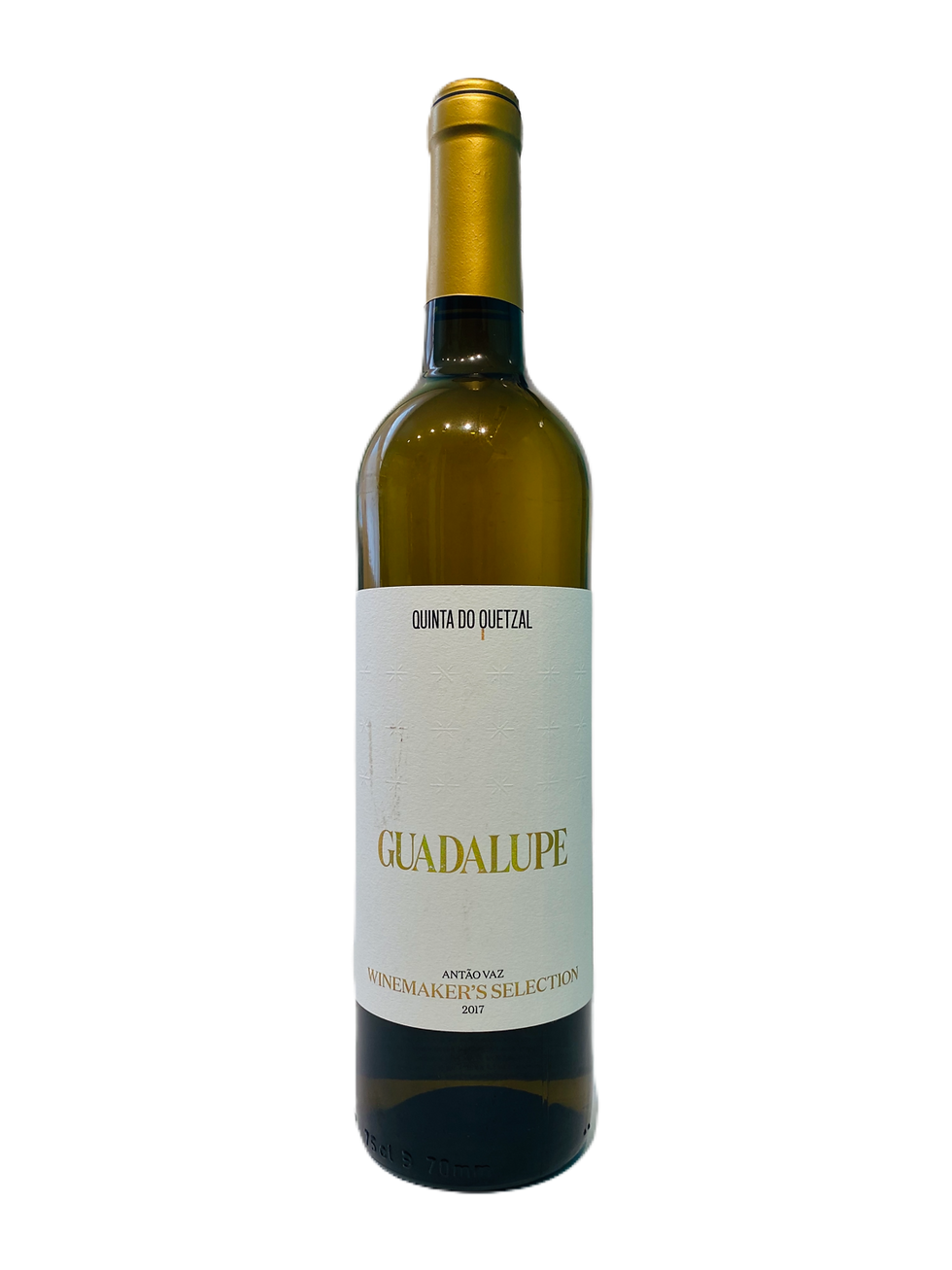Antão Vaz Grape Variety | A force to be reckoned with
- ninabrinkman
- Aug 5, 2021
- 3 min read
Updated: Aug 6, 2021
It is wonderful that you can still find in Vila de Frades (near the town of Vidigueira, Alentejo), the Roman method of producing wine. That happens for a very specific reason... The amphora wine - or Roman wine or even “vinho de talha” as it is known in portuguese - was not only allowed but fostered to persist through the centuries, thanks to the success of the Antão Vaz grape variety. It is natural to say, then, that the history of “talha” wine and Antão Vaz are intertwined.

The evidence for this lays on n the fact that the oldest wine cellar in Western Iberia is to be found in São Cucufate’s roman ruins (that can be visited in Vila de Frades) proving that the Romans had already recognized the richness of this terroir. It became so prestigious that, in the 16th century, Vasco da Gama was named 1st Earl of Vidigueira as a recognition for his outstanding services to the crown when completing the maritime route to India.
So what is so special about the Antão Vaz grape variety?
Antão Vaz became a popular white grape due of its high resistance to drought and disease. Being Alentejo the hottest region in Portugal, Antão Vaz quickly turned out to be the star, specifically in Vidigueira and Évora wine regions. The original grape was a genetic cross between a white and a red Portuguese grape, Cayetana Blanca and João Domingos, respectively, the latter now extinct in Portugal.
Its versatility allows various styles of wines to be made. This will depend on the specific microclimates, the conditions of the growing season, or the timing of the vineyard harvest. In the vineyard, Antão Vaz is a thick-skinned grape that forms big, loosely packed bunches. It needs dry, deep soil. It is a relatively easy grape for growers and produces consistently reliable yields that ripen evenly. If picked earlier (around August), it produces vibrant wines with exotic aromas and a firm palate with balanced acidity. However, if left on the vine until later in the season, the wines will be higher in alcohol with more perfumed aromas and a fuller body. More ripened, Antão Vaz’s grapes are better suited for barrel aging (which does not happen with white wines). Varietal wines are light yellow, can be light to medium-bodied and lower in acidity with aromas and flavors of tropical fruits, tangerine-peel, and citrus, with nuttier notes in those wines that have been aged.
Antão Vaz is usually blended with other native Portuguese grapes such as Arinto and Roupeiro that add more acidity to the wine. This grape is also often used in the production of white Port.
When it comes to food pairings with Antão Vaz wine blends, one should consider of fish, chicken, and vegetables! Antão Vaz varietal wines are low in acidity, but when blended with grape varieties such as Arinto can have much higher, firmed acidity and structure, which make them excellent food-pairing wines. Grilled tuna steaks and Portuguese cod (regardless of the way it is prepared) are good options. Additionally, fresh summer salads and Asian dishes will also go very well savored together with Antão Vaz wines.
Why not start now and order some of our Antão Vaz wines at Tinto?
ANTÃO VAZ WINES AT OUR WEB STORE

Quinta do Quetzal Reserva, White | 2015
Vidigueira, Alentejo, Portugal
The grapes were hand-picked as they mature. After crushed, the resulting must undergoed 48 to 72 hours of static clarification. The fermentation took place in new French oak barrels followed by 6 months with “batônnage” from 14ºC to 16ºC during 30 days.
Juicy on the nose with tropical fruits, Meyer lemons and almonds. Rich on the palate with more citrus, lemon balm and distinct toasted almond flavors. The toasted nuttiness lingers long, mingling with subtle peach on the finish. Its structure allows the pairing with white meats, refined and complex fish dishes and shellfish.

Quinta do Quetzal 'Guadalupe' Winemaker's Selection Branco 2017 Vidigueira, Alentejo, Portugal
The winemaker's selected only the best Antão Vaz grapes from the harvest, resulting in a fresh flavored wine with mineral notes and tons of aromatics. Only part of the wine is fermented in French oak barrel, which gives it a discreet flavor of buttered toast to complement its fruity palate.











Comments